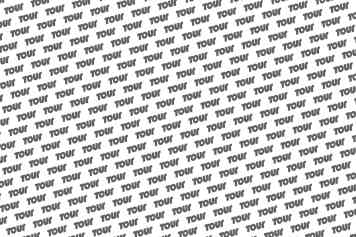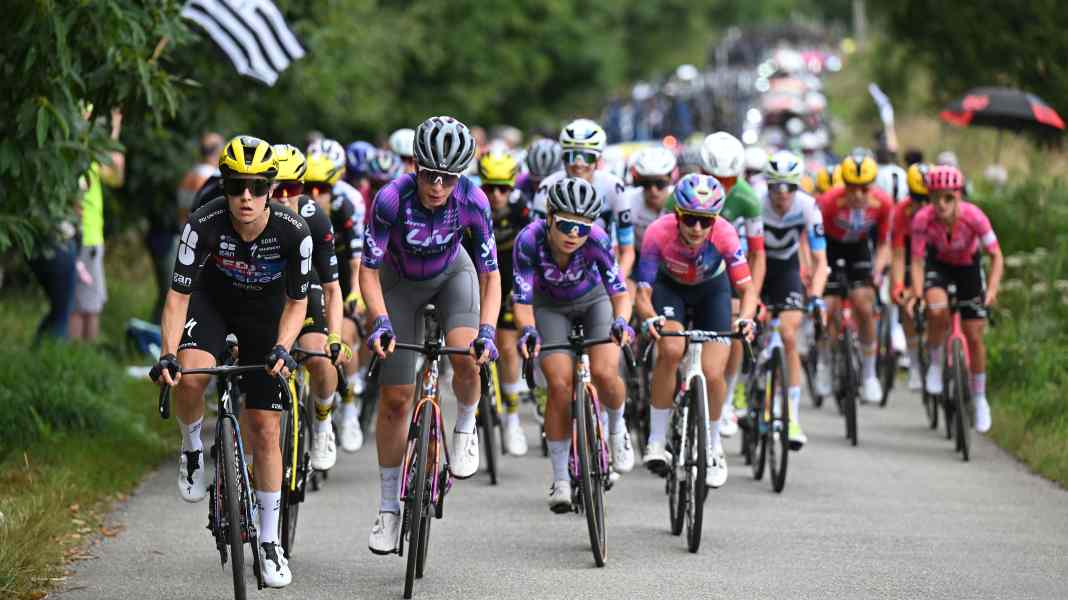
Tour de France Femmes 2025 - Stage 5: Chasseneul-du-Poitou (Futuroscope) - Guéret | 165,8 Kilometers
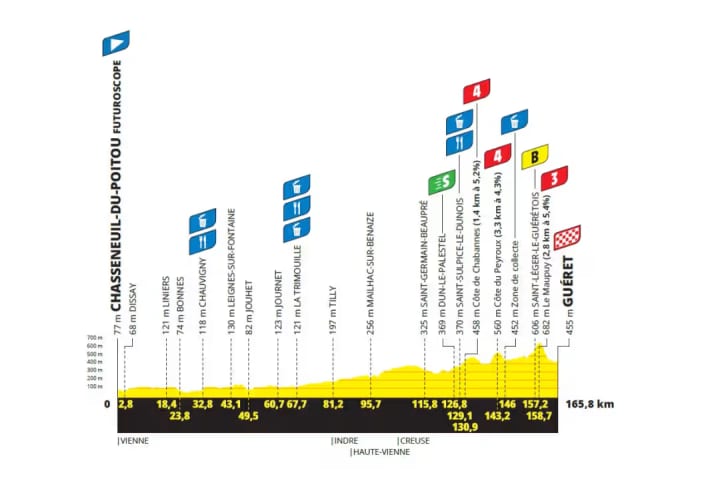
The ride through the Massif Central starts off flat but steadily increases in difficulty toward the finish, with three small climbs, the last of which is a third-category climb (2.8 km with a 5.4% gradient). This stage is also the longest of the Tour.
We are sure to see breakaways. Whether they succeed will depend, as always, on what the peloton does. The favorites for the overall classification will try to ride at the front, and they are also contenders for the stage win.
The final climb is likely to be decisive. Although it is not particularly steep, a strong attack will put pure sprinters in trouble. Classic hunters will have an advantage – either from the thinned-out peloton or from a breakaway group.
From the last hilltop, the route descends the remaining 7.1 kilometers to the finish. Here, a lead can be defended, as Wout van Aert showed in the men's final stage in Paris.
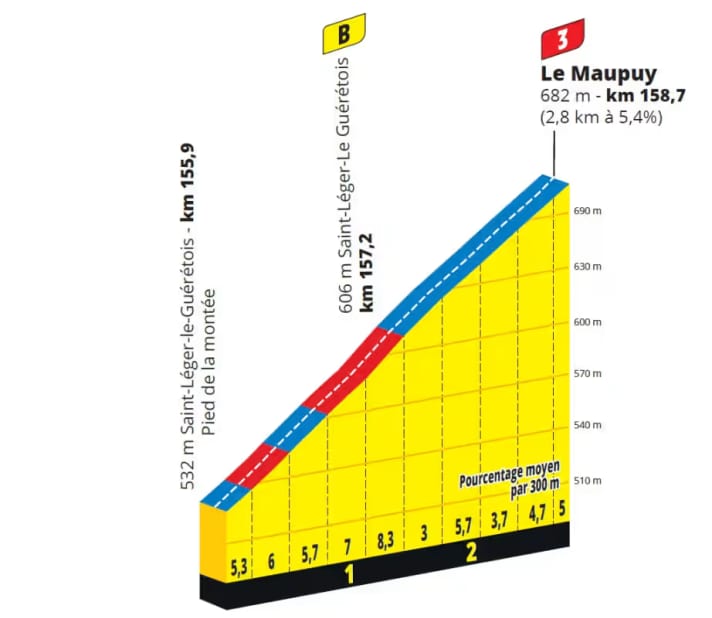
The key climb of the race is not very steep, but steep enough to launch an attack.
In our simulation of the day, we have a rider attack at the start of the final climb and simulate the ride time to the finish in Guéret.
The number of the day: two seconds
The Cervélo S5 also shines on this terrain. With a weight close to the UCI limit and excellent aerodynamics, the Team Visma bike leads the way in our simulation. Marianne Vos and Pauline Ferrand-Prévot therefore have the best cards. Vos should be able to cope with the length of the climb. The lighter Ferrand-Prévot is used to such exertion from mountain biking, is very fast uphill and is also a very good technician on the bike, which could help on the descent towards the finish. Visma | Lease a bike is therefore in a good position, both technically and tactically.
Completely un-aerodynamic bikes are 17 seconds behind at the finish line. They are unlikely to play a role in the future, as there are hardly any scenarios in which they offer an advantage.
An overview of the (almost) complete field*
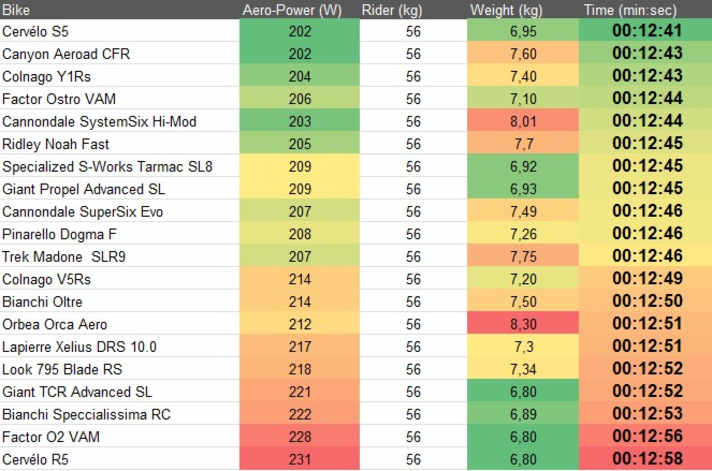
The table shows the riding times for the attack on the final climb and its extension to the finish. Aero bikes ride in front. However, the small weight advantage of the Cervélo gives it an extra two seconds in the attack.
*) The calculations are based on the bikes tested by TOUR in the laboratory and wind tunnel. The machines used in the Tour de France may differ in detail. Of course, we were not yet able to examine last-minute prototypes. Background information on the simulation.
Our expert
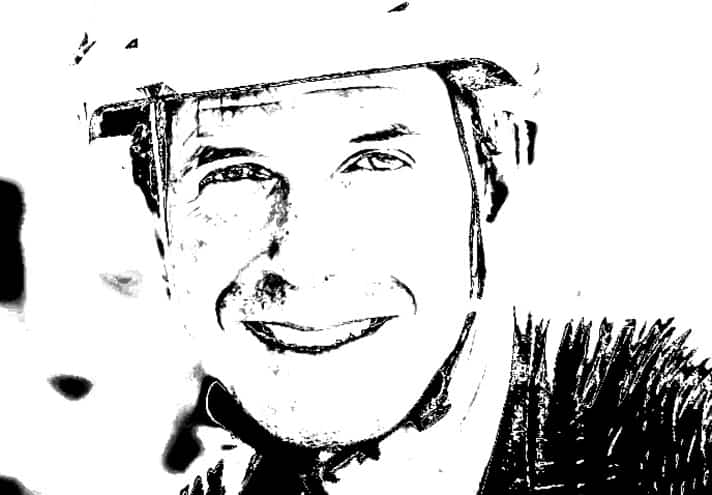
Robert Kühnen studied mechanical engineering, writes for TOUR about technology and training topics and develops testing methods. Robert has been refining the simulation calculations for years, they are also used by professional teams.
